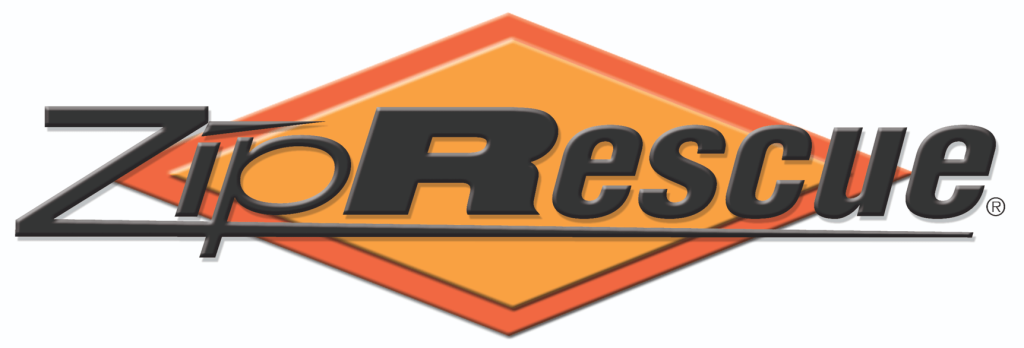Case Study: Legoland
According to the NY Dept of Labor requirements (referencing code ANSI B77, Section 2.3.2.5.7 Evacuation), a new lift may not operate until the owner produces their ANSI B77 Evacuation Plan AND demonstrates an evacuation in the presence of a DOL Commissioner. We were contracted to assist the Legoland Theme Park in New York from start to finish to meet this requirement and ensure the timely operation of their new gondola.
Customized ANSI B77 Evacuation Plan
Our first step was to create a tailored ANSI B77 Evacuation Plan, specifically designed for Legoland’s unique gondola system. We conducted a thorough initial site survey to confirm tramway and cabin specifications, determine evacuation methods, and identify the necessary equipment and rope lengths. This also included confirming tower and platform configurations to finalize the evacuation plan, which was shared with the client on a collaborative document.
Onsite Training and Documentation
We developed a comprehensive course curriculum for a 5-day onsite training program. Alongside this, we created customized training documentation and equipment inspection forms, ensuring that the training was thorough and aligned with the specific needs of the Legoland team.
Pre-Training Preparations
Two days before the training commenced, our ZipRescue team meticulously prepared for the upcoming sessions. We inventoried and assembled team member kits and evacuation kits, created the necessary training documents and equipment inspection logbooks, labeled the evacuation kit bags, and briefed the assistant trainers on the program. Final edits to the B77 plan were made during this time to ensure everything was up-to-date and accurate.
Onsite Training Details
The 5-day training session began with a comprehensive introduction to rescue basics and the ANSI B77 Evacuation Plan. We focused on technician packs, emphasizing proper equipment usage, PPE, and safety protocols. Participants practiced tower climbing, work positioning, fall arrest techniques, and rope handling, all essential for safe gondola evacuation.
Throughout the training, we delved into the specifics of ANSI B77 Section 4.3.2.5.7, covering evacuation procedures in detail. The team practiced ascending and descending structures, handling rescue ropes, and executing cabin entry and exit strategies. We also covered the use of evacuation kits, including the direct lowering method, and managing various passenger scenarios which included addressing lowering methods for large adults, children, infants, infirm, and elderly passengers as per the recent ANSI B77 section M. The team practiced lowering passengers at several different locations including the use of tag lines to manage terrain variables and difficult landing zones.
By Day 5, the trainees were able to run full evacuation scenarios, perform multiple lowering practices, and inspect their kits, all under the supervision of our experienced ZipRescue team. The training concluded with a course wrap-up and team debrief, ensuring that the Legoland staff were fully equipped to handle any evacuation scenario.
Conclusion
The project concluded with our direct oversight and supervision of the Legoland gondola evacuation teams, who successfully demonstrated a multi-passenger cabin evacuation to a New York Department of Labor inspector. Legoland found our step-by-step preparation, guidance, and instruction throughout this process exceeded their expectations and were essential for meeting their scheduled deadline to open the new gondola to the public.

















